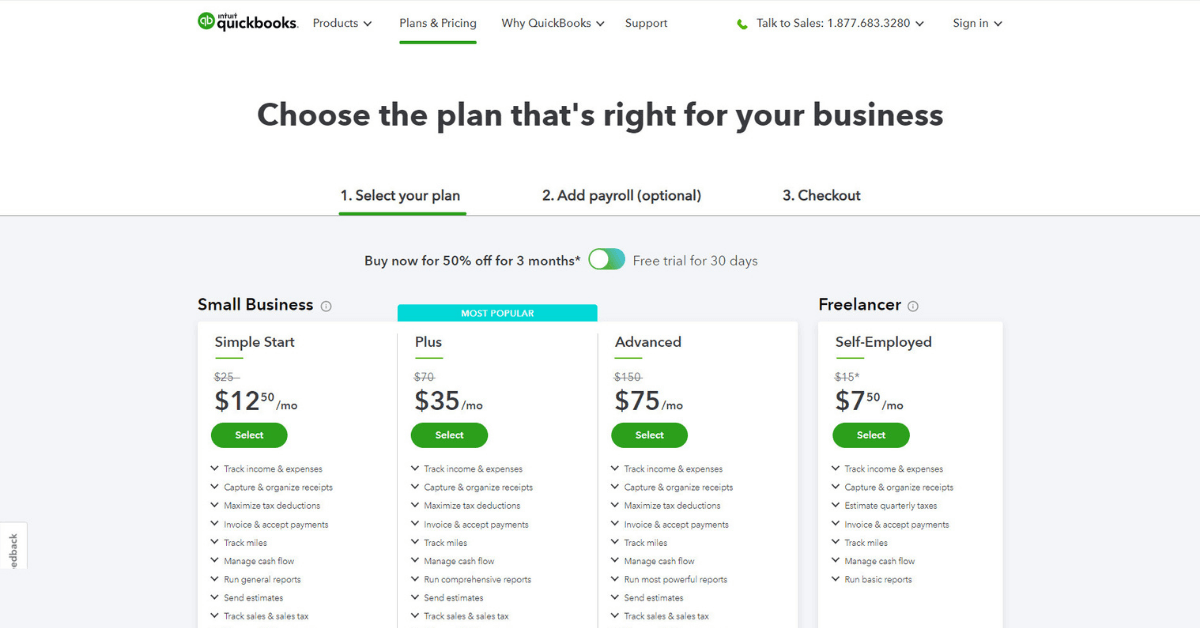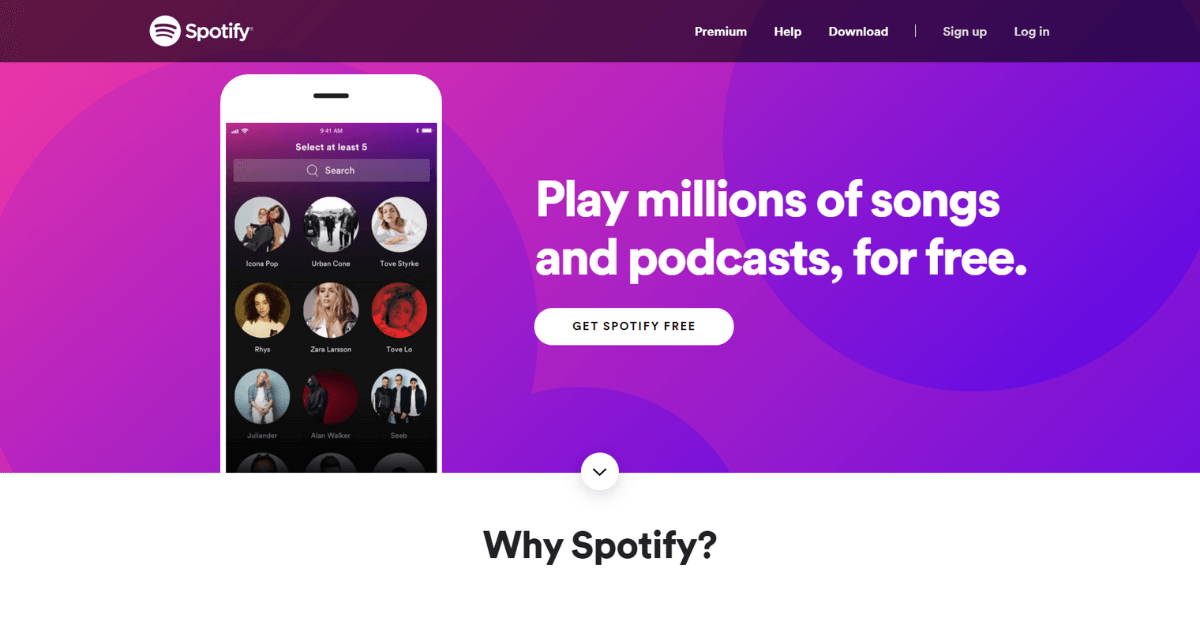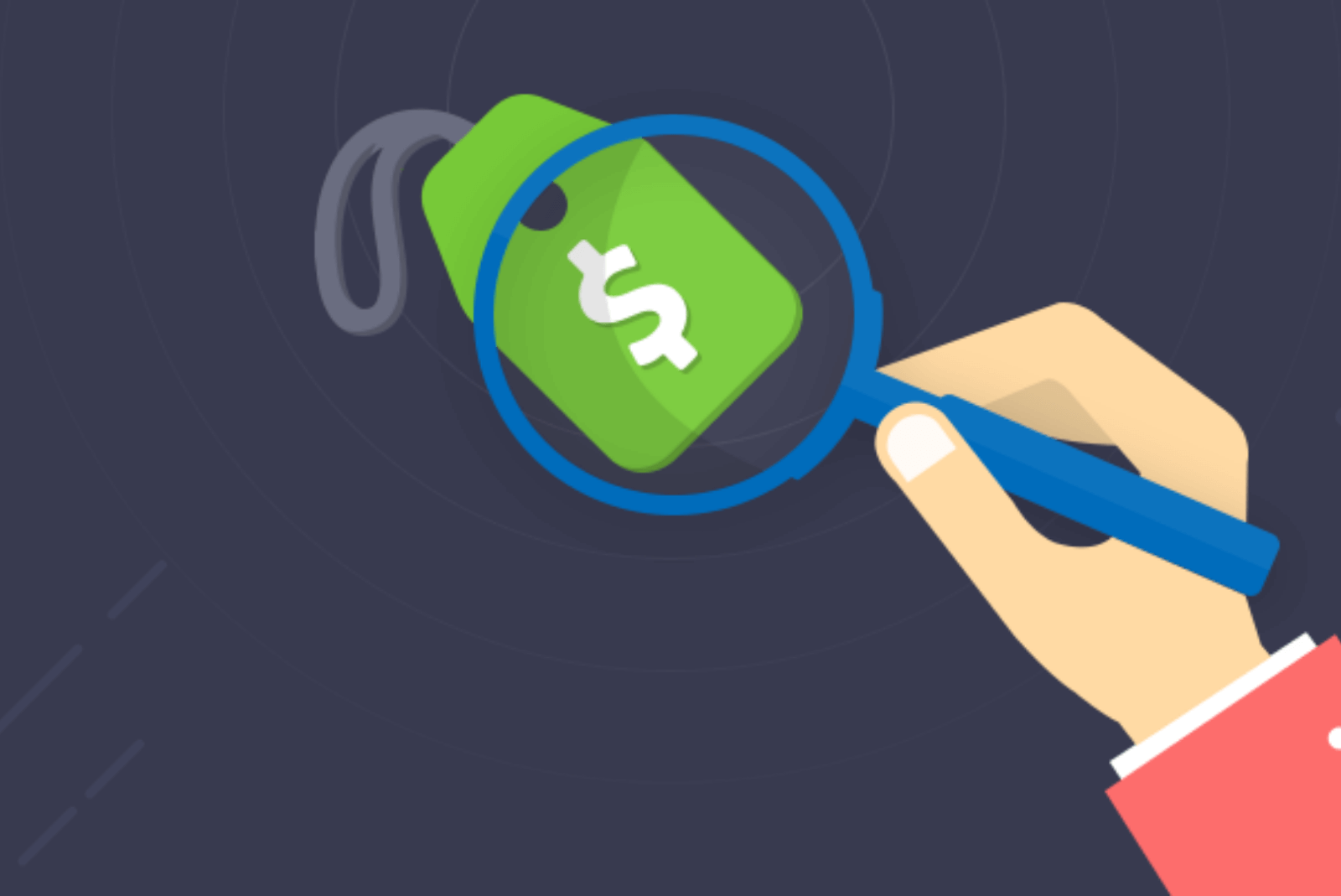
No matter how wonderfully you have built your SaaS product, you can't sustain it if people aren't paying enough for using it. Strategic pricing for SaaS products is not only important to retain customers in the long run but also for creating enough profits for your business. Thus, it's extremely important to understand how to price a SaaS product right. In this article, I explain how to develop a pricing strategy for your SaaS product along with popular SaaS pricing strategies and models to use in 2020.
Table of Contents
Things to consider before selecting a pricing strategy and model for your SaaS product

An important component of a SaaS pricing is to understand all the internal as well as external factors that have a bearing on the pricing. Here are some of the things you should know and understand while considering all the SaaS pricing strategies and models:
1. Identify relevant metrics to price your SaaS product
It is necessary to identify the metrics using which you will structure your pricing plan. It helps you get a clear idea about the basis of your pricing strategy.
Important questions to consider: Is the measurement of product usage based on per user, storage space, etc.? What will be the time period of the billing cycle? Etc.
2. Price options for your SaaS product
This tackles the question of whether to provide more than one pricing option. Tier-based pricing is typical of subscription-based SaaS products. The simple motivation behind this practice is the fact that each customer’s ability and willingness to pay are different.
You should be able to design the product in a way that best appeals to your target audience. Also, the pricing model should be tailored properly so as not to confuse potential customers.
3. Identify your target market
In order to structure a fairly accurate pricing strategy, it is essential to identify the target market.
Doing so can give you an idea about your target audience’s willingness to pay for your product based on demographics and margins. Important questions to consider: Will your product cater to the low, medium, or high end of the market? What is your ideal customer profile? Etc.
4. Quantify the value of your SaaS product
People pay for the value that they gain from a product. It is, therefore, necessary that you quantify the value your product will yield while considering the possible SaaS pricing strategies and models. This value will ultimately lead to the willingness of the users to pay for your product.
A simple enough way of doing so is to conduct a mini-market sizing analysis. Thereafter, you can identify the value from a cost-saving perspective or a revenue-enhancing perspective. Questions to consider: What problems is your product solving? How much will a customer save if he uses your product? Etc.
5. Consider operational costs
Since your product will be different from other alternatives in terms of features and qualities, it is important to conduct your own cost analysis. This process helps in determining a price that is highly accurate and will result in higher profits.
The most basic aspect to cover is your cost of goods sold. Important questions to consider: What is the estimated average contract value? What are your COGS? Etc.
6. Study competitors' price range
The best way to get started with pricing is by analyzing the SaaS pricing strategies and models adopted by your competitors. While doing so, determine whether your product falls in the average quality or premium quality category of the market.
Thereafter, a pricing model appropriate to that position can be tailored accurately. Important questions to consider: What are your product differentiators? Do your products offer better features than the competitors? Etc.
10 Essential Steps To Build a SaaS MVP
Read More
Popular SaaS pricing strategies and models to use in 2020

To please your target audience, devise a pricing model that stands in accordance with the utility received from your product.
At the same time, as a business organization, your objective is to maximize your profits. So how to come up with a pricing model that appeals to the users and increases revenue? So, here’s a guide of the most profitable pricing models for SaaS products.
1. Flat Rate Pricing

Image source: Basecamp
The Flat Rate Pricing model is often identified as one of the simplest pricing models for a SaaS product. Customers are offered a single product with a specified set of features at a uniform price.
In a sense, this model is very similar to the software licensing model before the inception of cloud infrastructure. As per this model, a user is charged a monthly bill for the product.
Flat Rate Pricing is a very simple model and easily understood by the users. Thus, it is possible to quickly sell the product. But a lack of flexibility in the price may drive away some of the would-be customers.
2. Usage-Based Pricing

Image source: Amazon Web Services
The idea behind this pricing model is conceived by relating the cost of the SaaS product to how customers use it. Essentially, a user pays more if they use more features of the service and vice versa. As a result, this SaaS pricing model is also called the ‘Pay As You Go’ model.
Practically, usage-based models are widely used by platform-related software companies (such as Amazon) wherein users are charged as per their API requests, transactions processed or data used.
The usage-based pricing model attracts all kinds of customers - from small names to the big players. Furthermore, it also makes sense for the users to pay only for what they use. However, with volatile pricing, it also becomes difficult for companies to forecast revenue.
3. Tiered Pricing Model

Image source: Wistia
One of the most common SaaS pricing strategies and models is a tiered pricing method. With this model, companies offer multiple combinations of features. Each combination is priced differently; as the number of features increases, so does the price.
The number of packages offered varies from company to company. Most SaaS companies employ an average of three pricing points – basic (low), intermediate (medium), and advanced (high).
The biggest advantage of this pricing model is that a company can lure a wider spectrum of users with attractive packages. This will also result in a larger amount of revenue generated.
However, if the packages are not customized carefully, users may get confused and possibly overwhelmed by “too many” options available to them.
4. Per User Pricing

Image source: GitHub
Also known as Per Seat Pricing, most companies adopt this model to price their SaaS products. In this model, the basis of pricing is the number of users. Companies predetermine a fixed monthly price for a single user. With the addition of new users, the monthly bill increases proportionately.
The simplicity of the per-user pricing model makes it easier for SaaS companies to predict their revenue. Customers also have a clear idea about the utility received from the amount of money spent.
However, there is always a risk of cheating among the users in the sense that a single user may share login details with multiple users. This means that although the number of users increases, the revenue does not register growth.
5. Per Feature Pricing

Image source: Quickbooks
As the name suggests, this model uses the number of features as the basis of pricing the SaaS product. In this model, a product is segregated into various pricing tiers in accordance with the features available to the users. Essentially, a user unlocks valuable and more features by paying a higher fee.
Per Feature Pricing model offers an incentive to users if they increase their spending thereby increasing the product’s revenue-generating capacity.
However, it can be a tricky task to assign an appropriate price to the features. An underpriced or an overpriced product can badly hurt sales.
6. Freemium Business Model

Image source: Spotify
The freemium model of pricing is growing more and more popular among the companies that develop SaaS products. Using this model, a basic version of the product is offered for free to the customers. The users can then access additional features by paying a price for each of them.
Generally, this model is employed as a part of a tiered pricing strategy. The basic, free version of the product provides limited features. As a user keeps on upgrading to better packages, more exciting features are made available for use.
With the freemium model, a company’s rate of conversion increases drastically as customers do not face the barrier of the price at the trial stage.
However, if the features are not prioritized properly, companies may lose revenue by giving away a premium feature for free. This will also reduce the rate of conversion from free customers to paid customers.
How To Build A SaaS Product: A Complete Guide
Read More
Best SaaS pricing strategies and models combined

Deciding on a pricing model becomes the foundation for generating recurring revenue through repeatable sales processes. But the objectives and goals of an organization are more than that.
Essentially, SaaS pricing strategies and models combined help businesses in realizing those specified objectives and milestones.
1. Penetration Pricing
Penetration pricing refers to the strategy of reducing the price of the products in order to gain rapid acceptability in the target market. In this way, this strategy is useful in quickly acquiring market share by attracting customers with a price lower than most other competitors.
Oftentimes, companies resort to reducing prices to an unsustainably low level in the short-term and medium-term. Their objective is to increase the customer base through which they’ll be able to compensate in the long run by gradually increasing the prices.
Popular companies such as Slack and New Relic effectively used this strategy to enter and grab a large share of the market thereby staying ahead of their competitors.
2. Captive Pricing
Through this strategy, SaaS companies provide the “main product” at a relatively lower price. However, this product is backed by certain other products that increase and improve the usability of the core product, and to use these captive products, the users have to pay a fee.
The most generic example is that of a printer and ink cartridges. The solid body of a printer is not very expensive but the ink-cartridges used in them are fairly expensive.
Adobe can be used as a relevant example in the case of SaaS products. The outdated versions are available for free but with a lack of backward compatibility thereby pursuing the users to go for the latest, paid version.
3. Skimming Pricing
Also known as Promotional Pricing, this SaaS pricing strategy refers to the practice of introducing a product at a fairly high price which is then reduced gradually over time.
It is also referred to as “riding down the demand curve”. Meaning, as companies reduce the price of their products over time, the conversion rate increases as the number of potential customers expand. The elimination of the price barrier brings out certain hidden would-be users.
The most common examples include video games and other technology products.
4. Prestige Pricing
As the name suggests, prestige pricing refers to the strategy of continuing to sell a product at a premium price. This is done in order to establish a sense of quality or luxury in the minds of customers. In this way, brands can create a niche market of their own with a relatively small but utterly loyal user-base.
You can implement this SaaS pricing strategy in different ways. A company with a high-profile clientele can distinguish itself as a reputed brand, allowing it to sell its products at a higher price. An alternative to this can be offering a ‘premium’ tier with all the best features at a higher price.
5. Free Trial Pricing
Perhaps the most popular strategy of pricing for SaaS products is the free trail pricing. In this strategy, companies offer their products for free to the customers but there is a time limit to the free period. This helps the users to get a glimpse of the features and get a first-hand experience before actually paying for the product.
With the absence of a price barrier, it is very easy for companies to attract customers and pitch them their products.
Generally, the free trials are time-based with an average period of 30 days in most of the products. But the trails can also be usage-based with a trail expiring after, say, 300 MB of download.
6. Cost Plus Pricing
Cost plus pricing serves as a starting point for many SaaS products. In this method, the price of the product is determined by adding a fixed percentage of target profit margins to the cost of the product. Through this pricing strategy, companies seek to cover the cost of developing and marketing the product and earn a substantial profit.
It is important to note that cost plus pricing ignores other factors such as the price of the competitors, the perceived value of the product, and the price sensitivity of the customers in setting a price. But when little information is available, this strategy can be very useful for introducing a product in the market.
Pricing Strategy For SaaS Products Isn't A One Time Affair
How to price a SaaS product isn't just about settling for an initial price. During the first few months, neither your SaaS product is complete in itself nor should its price be final. Finding the sweet spot between creating value for the customers and making decent, long term profits can't really be achieved without a little trial and error. Play with your SaaS USP and it's pricing to conclude what works the best for you.
Even after that, revising the price of your SaaS product should be an annual thing for your business. While you are starting out, don't be discouraged if you lose a few customers post price revisions. It's a phase that every company has to pass through while optimizing its SaaS pricing strategy.
However, it all boils down to how well your SaaS product is received by your target audience. Product development and design are still the most important factors in the profitability of a SaaS product.
Have a SaaS idea? We can help you monetize it!
Third Rock Techkno specializes in creating SaaS products that are not only efficient but also aesthetic and profitable. Our team of business consultants consists of industry experts who lead the strategy and development of efficient software solutions.
Build Your SaaS Product Right
If you have an interesting SaaS idea and want expert advice on creating a quick MVP, we are just a call away.
Sign me up for a free consultation call


